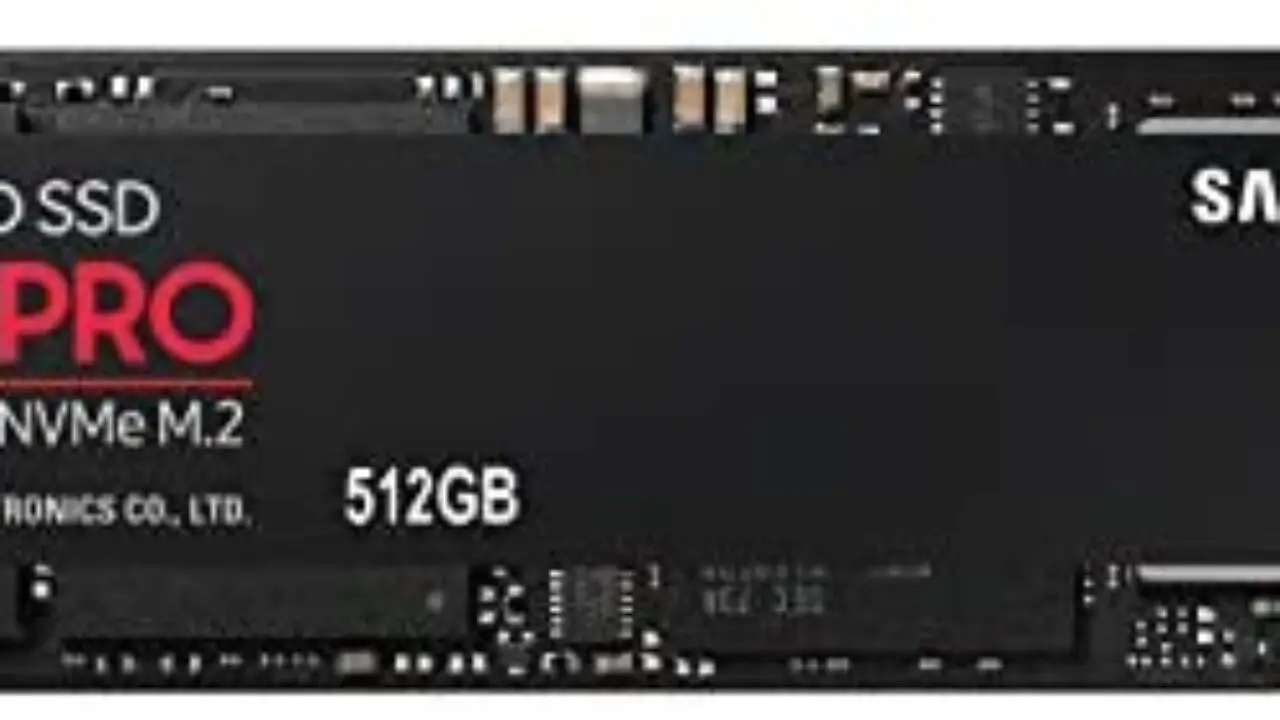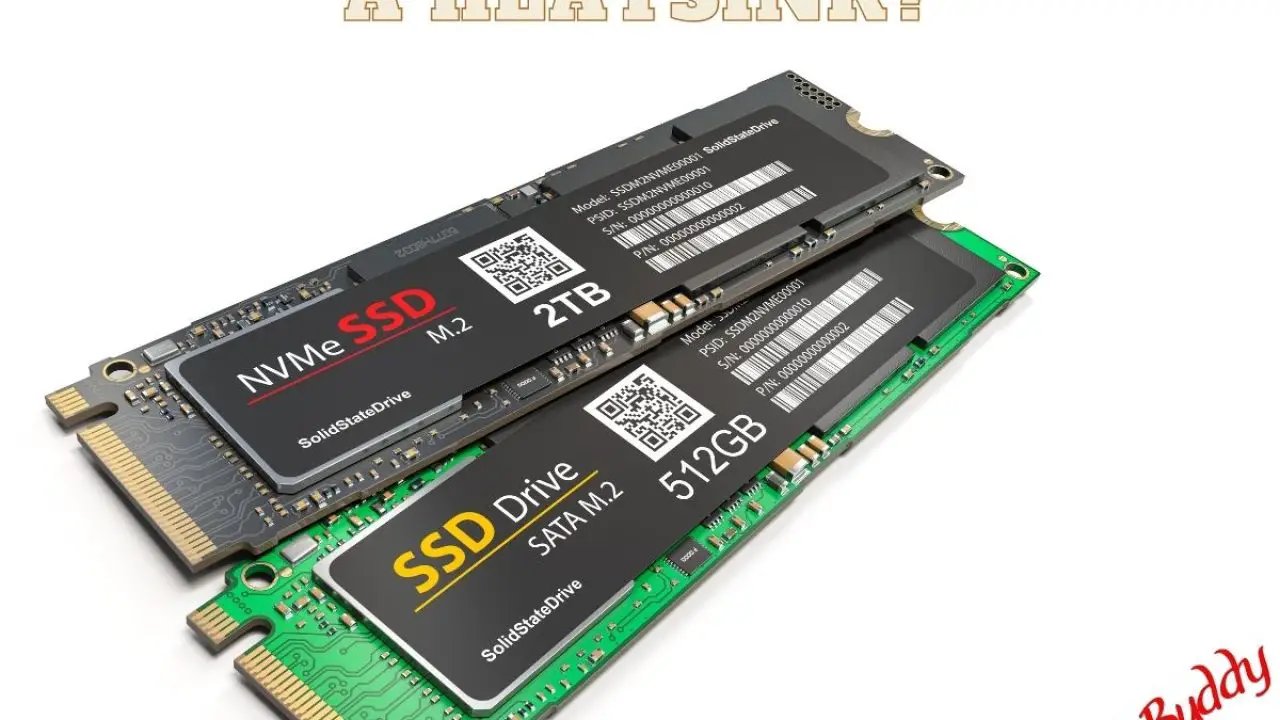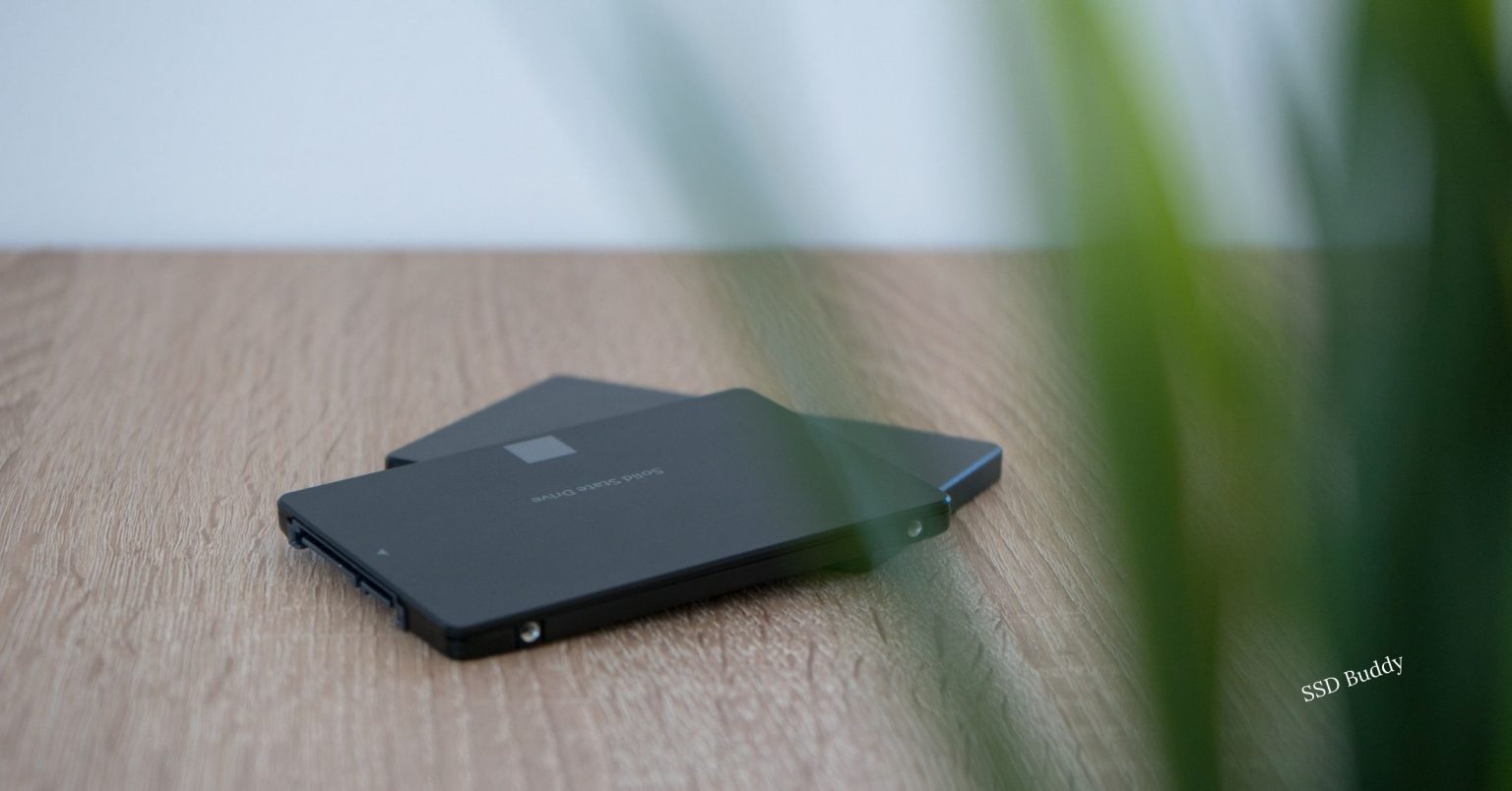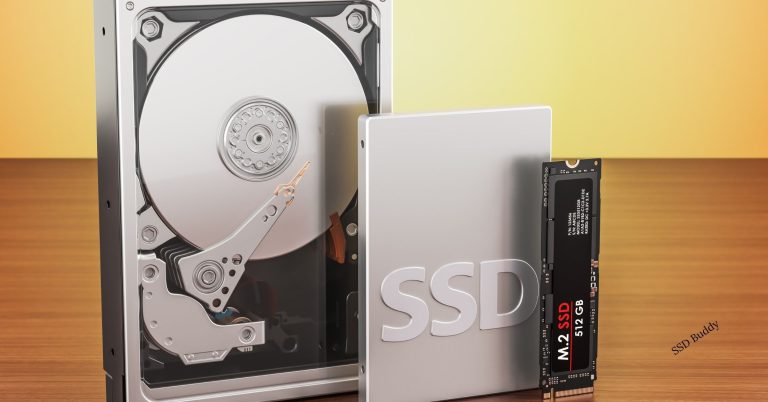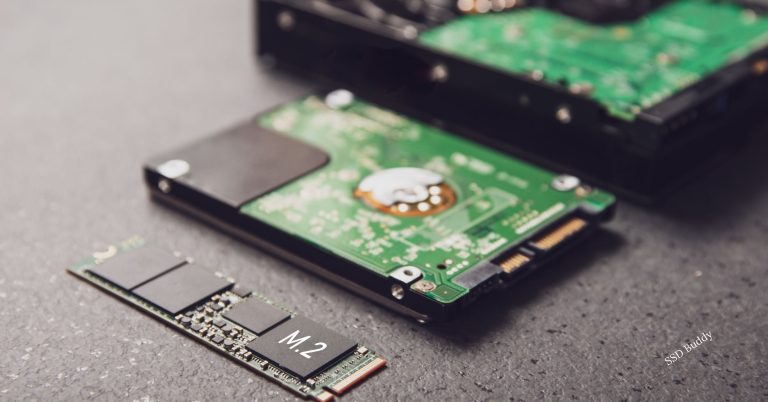Solid-state drives, or SSDs, have become increasingly popular over the past few years as a faster and more efficient alternative to traditional hard drives. In server environments, SSDs can provide significant performance improvements, particularly for read-intensive workloads. However, not all SSDs are created equal, and choosing the right drive for your server requires careful consideration of several key factors. In this article, we’ll explore what you need to know about SSDs for servers.
Server performance is critical for businesses that rely on fast and reliable access to their data. Traditional hard drives have been the standard storage medium for servers for many years, but SSDs are rapidly gaining popularity due to their superior performance and efficiency. However, not all SSDs are created equal, and choosing the right drive for your server requires careful consideration of several key factors. In this article, we’ll explore what you need to know about SSDs for servers.
2. What is an SSD?
A solid-state drive (SSD) is a type of storage device that uses flash memory to store data. Unlike traditional hard disk drives (HDDs), SSDs have no moving parts, making them more reliable, faster, and quieter. SSDs are also more power-efficient than HDDs, which is particularly important in server environments where energy consumption can be a significant expense.
3. SSD vs. HDD: What’s the Difference?
The main difference between SSDs and HDDs is the way they store and access data. HDDs use spinning disks and read/write heads to access data, while SSDs use flash memory. This fundamental difference leads to several key advantages for SSDs, including faster data access times, lower power consumption, and higher reliability.
4. Benefits of SSDs for Servers
The benefits of SSDs for server environments are numerous. Some of the most significant advantages include:
- Faster access times: SSDs can access data significantly faster than HDDs, resulting in faster application load times and quicker access to frequently accessed data.
- Lower power consumption: SSDs use less power than HDDs, resulting in lower energy bills and reduced environmental impact.
- Higher reliability: SSDs have no moving parts, which makes them more resistant to physical shock and less prone to mechanical failure than HDDs.
- Improved scalability: SSDs are available in a range of capacities, making it easier to scale your storage solution as your business grows.
- Quieter operation: SSDs generate less noise than HDDs, which can be important in environments where noise levels need to be minimized.
5. Types of SSDs
There are several types of SSDs available, each with its own set of advantages and disadvantages. The three most common types of SSDs for server environments are SATA SSDs, SAS SSDs, and NVMe SSDs.
SATA SSDs
SATA SSDs are the most common type of SSD and are widely used in desktops, laptops, and servers. They are available in a range of capacities and offer good performance for read-intensive workloads. However, they may not be the best choice for write-intensive workloads due to their lower endurance compared to SAS and NVMe SSDs.
SAS SSDs
SAS SSDs are designed for high-performance applications and offer faster data transfer rates and better reliability than SATA SSDs. They are ideal for write-intensive workloads and are often used in enterprise storage systems. However, they are more expensive than SATA SSDs and may not offer significant advantages for read-intensive workloads.
NVMe SSDs
NVMe SSDs are the fastest type of SSD and are designed for high-performance, low-latency applications. They offer significantly faster data transfer rates than SATA and SAS SSDs and are ideal for both read-intensive and write-intensive workloads. However, they are also the most expensive type of SSD and may not be necessary for all server applications.
Choosing the Right SSD for Your Server
When choosing an SSD for your server, there are several factors to consider, including capacity, endurance, performance, and price.
Capacity
The capacity of the SSD you choose will depend on your storage requirements. SSDs are available in a range of capacities, from 128GB to several terabytes. It’s important to choose an SSD with enough capacity to meet your current and future storage needs.
Endurance
Endurance is a measure of an SSD’s lifespan and is typically expressed in terabytes written (TBW). SSDs with higher endurance are more expensive but can last longer and handle more write-intensive workloads. If your server will be handling write-intensive workloads, it’s important to choose an SSD with high endurance.
Performance
Performance is a key factor to consider when choosing an SSD for your server. The performance of an SSD is typically measured in input/output operations per second (IOPS) and throughput. Higher IOPS and throughput can result in faster access times and better overall performance.
Price
The price of an SSD is an important consideration when choosing the right one for your server. SATA SSDs are typically the least expensive, followed by SAS SSDs and NVMe SSDs, which are the most expensive. It’s important to choose an SSD that offers the right balance of performance and price for your specific server application.
SSD Installation and Configuration
Installing and configuring SSDs for your server is a relatively straightforward process. However, there are a few things to keep in mind to ensure optimal performance.
Hot-Swapping
Hot-swapping is the ability to replace a failed or degraded drive without shutting down the server. Most modern servers support hot-swapping, which can reduce downtime and improve overall system availability.
RAID Configuration
RAID (redundant array of independent disks) is a method of combining multiple disks into a single logical unit for data redundancy and/or increased performance. SSDs can be configured in various RAID configurations to achieve different goals.
There are several types of RAID configurations, including RAID 0, RAID 1, RAID 5, and RAID 6. Each configuration has its own benefits and drawbacks, and the best one for your server will depend on your specific needs.
RAID 0, also known as striping, provides increased performance by dividing data across multiple disks. However, it offers no data redundancy, meaning that if one disk fails, all data on the array is lost.
RAID 1, also known as mirroring, provides data redundancy by creating an exact copy of data on multiple disks. While it offers no performance benefits, it ensures that data remains intact even if one disk fails.
RAID 5 uses striping and parity to provide both increased performance and data redundancy. It requires at least three disks and can withstand the failure of one disk without losing any data. However, if two disks fail simultaneously, all data on the array is lost.
RAID 6 is similar to RAID 5 but uses two parity blocks to provide additional data redundancy. It requires at least four disks and can withstand the failure of two disks without losing any data.
When configuring SSDs in a RAID array, it is important to consider the endurance of the SSDs. SSDs have a limited number of program/erase cycles, and the constant read/write operations involved in a RAID array can quickly wear out the SSDs. It is recommended to use SSDs specifically designed for use in RAID configurations, as they have better endurance and can handle the heavy workload.
SSD Maintenance and Management
Proper maintenance and management of SSDs can help prolong their lifespan and ensure optimal performance. One important aspect of maintenance is firmware updates. SSD manufacturers frequently release firmware updates that can improve performance, fix bugs, and address security vulnerabilities. It is important to keep SSD firmware up-to-date to ensure optimal performance and security.
Monitoring and reporting is also important for SSD management. SSDs have built-in sensors that can detect potential problems, such as temperature fluctuations or bad sectors. Monitoring software can provide real-time alerts and detailed reports on the health of your SSDs, allowing you to take action before a failure occurs.
Potential Drawbacks of SSDs for Servers
While SSDs offer many advantages for servers, they also have some potential drawbacks. One significant drawback is their limited lifespan. SSDs have a finite number of program/erase cycles, and the constant read/write operations involved in server workloads can quickly wear out the SSDs. This can result in data loss or system downtime.
Another potential drawback of SSDs is their higher cost compared to traditional hard drives. While the cost of SSDs has decreased over the years, they are still more expensive per GB than traditional hard drives. This can make it more difficult to justify the cost of SSDs, especially for larger storage needs.
Conclusion
SSDs offer many advantages over traditional hard drives for server environments, including faster performance, lower power consumption, and improved reliability. However, it is important to choose the right SSD for your needs and to properly configure, maintain, and manage the SSDs to ensure optimal performance and lifespan. RAID configurations can provide increased performance and data redundancy, but it is important to consider the endurance of the SSDs and to use SSDs specifically designed for use in RAID arrays. Firmware updates and monitoring software can help ensure optimal performance and detect potential problems before a failure occurs.
FAQs
Can I use consumer-grade SSDs in my server?
While it is possible to use consumer-grade SSDs in your server, it is generally recommended to use server-grade SSDs due to their higher endurance, reliability, and performance.
What is the difference between SATA, SAS, and NVMe SSDs?
SATA SSDs use a SATA interface and are the most common type of SSD. SAS SSDs use a SAS interface and offer higher performance and reliability than SATA SSDs. NVMe SSDs use a PCIe interface and offer the highest performance and lowest latency of the three types.
What is hot-swapping?
Hot-swapping is the ability to remove and replace a failed drive in a RAID array without shutting down the server.
How often should I perform firmware updates on my SSDs?
Firmware updates should be performed as recommended by the SSD manufacturer, typically at least once a year or whenever a critical security vulnerability is discovered.
What should I monitor to ensure my SSDs are functioning properly?
Important metrics to monitor include SSD temperature, read/write error rates, and available free space. SSD management software can provide detailed information on these metrics.
